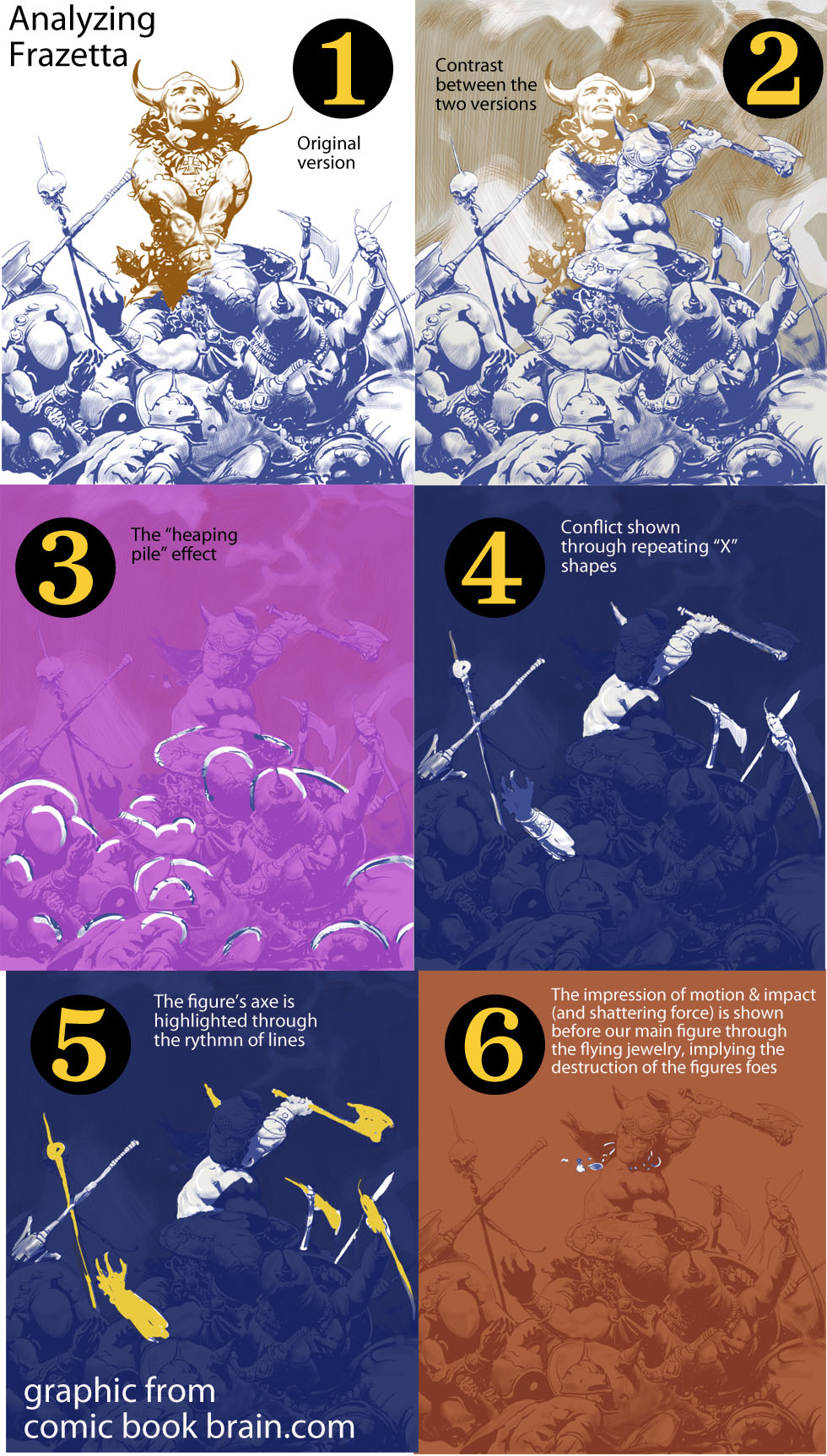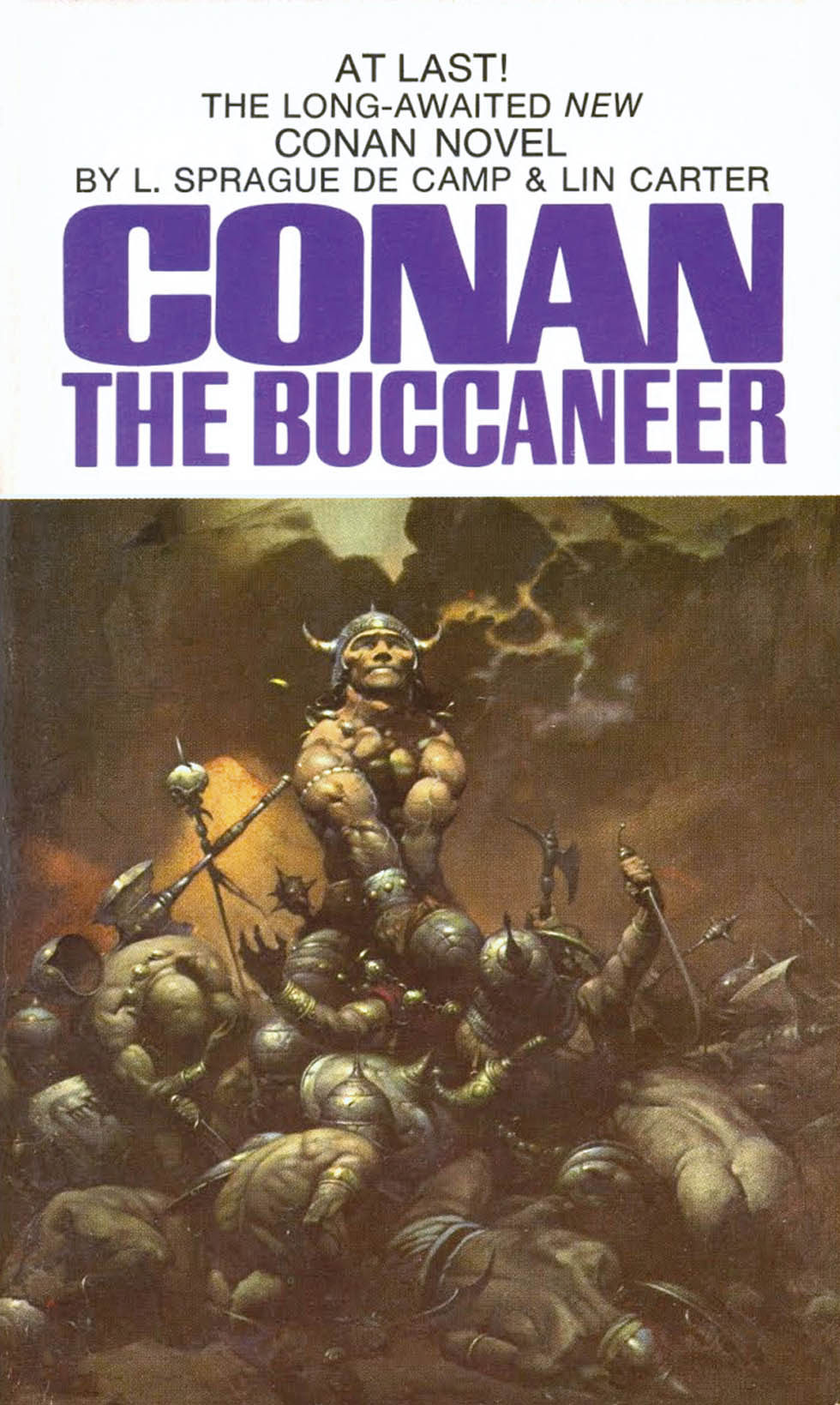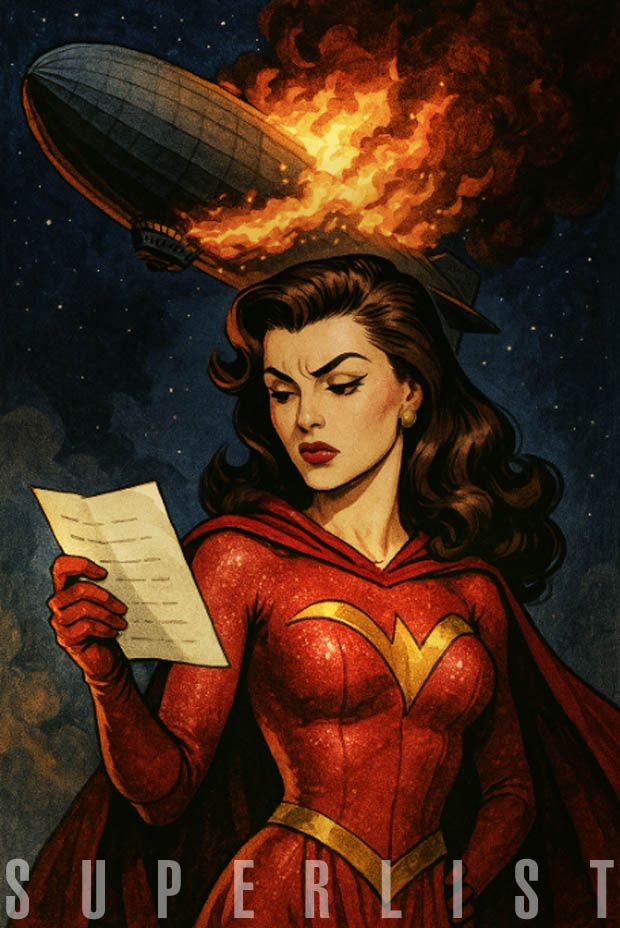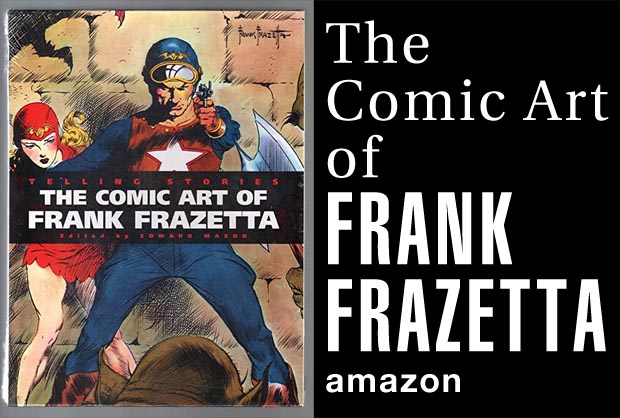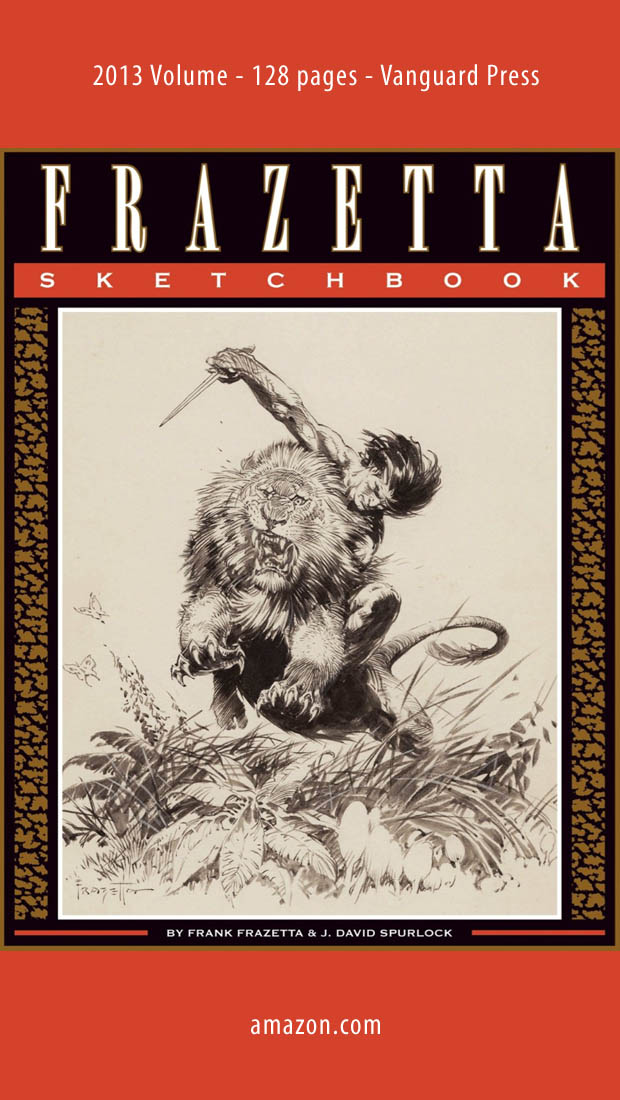Frank Frazetta
Analyzing "Conan the Buccaneer" and Frazetta's later version "The Destroyer"
"Conan the Buccaneer" was Frazetta's art for the 1971 Ace Books cover. His repainted version, titled "Destroyer" was utilized for many other purposes. [It has a reproduction art print available from frazettagirls.com]
Our example of the art for analysis is shown here by our drawing a copy of Frazetta's painting (Erik Weems did the honors, out of deference to the Frazetta family copyright on the image). The "original" Frazetta version in our copy is the orange/brown color, and the final version ("Destroyer") is the dark blue color.
Note: the version for Conan the Buccaneer shown on the cover of the Ace paperback is a second state version, where Frazetta had toned down the horned-helmet and flying hair of his original version. The rough version done in That painting was a small in between step before Frazetta rejected the main figure entirely (later, after publication) and started over with repainting a new central figure.
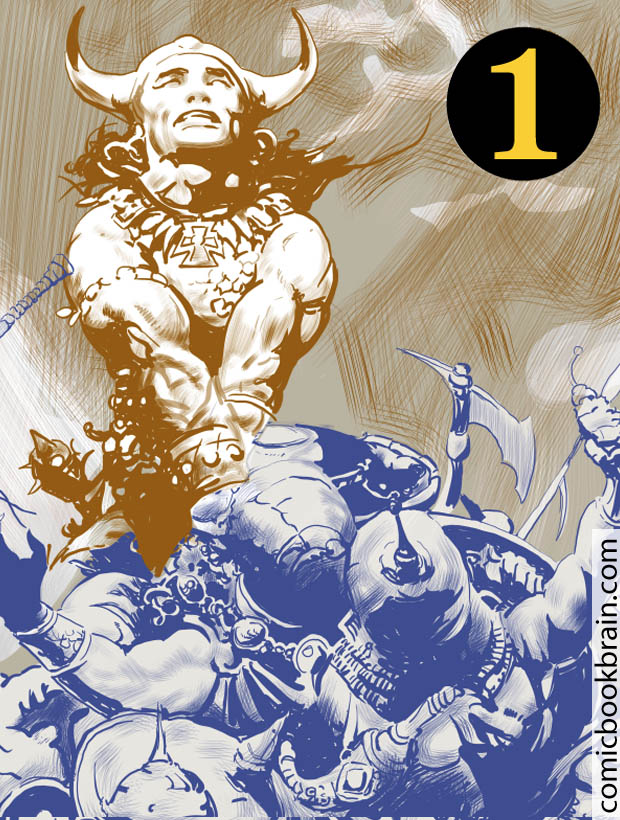
Fig. 1 – Here is shown Conan strangling his adversary. Perhaps this represents something from the story (written by L. Sprague De Camp and Lin Carter, and not by the creator of Conan, Robert E. Howard). For a Frazetta painting, this is an unusual image because of how static it is. Frazetta's combat images usually emphasized motion, and here the whole efficiency of fighting a large group of opponents is rendered frozen by Conan killing an enemy in the motionless, time-consuming method of strangulation, a technique which seems completely improbable in a field of spears and swinging swords. The second state version (on the paperback cover) does demonstrate a sense of the effect of strangulation by the way Frazetta has rendered Conan with muscles bursting in the effort.
(In contrast to the motion of his combat images, Frazetta did paint many static heroic images, particularly later in his career. Usually the central figure is facing some threat or basking in the glory of their own heroic nature, but they are not actually fighting, which is where Frazetta's sense of athletic motion makes itself seen.)

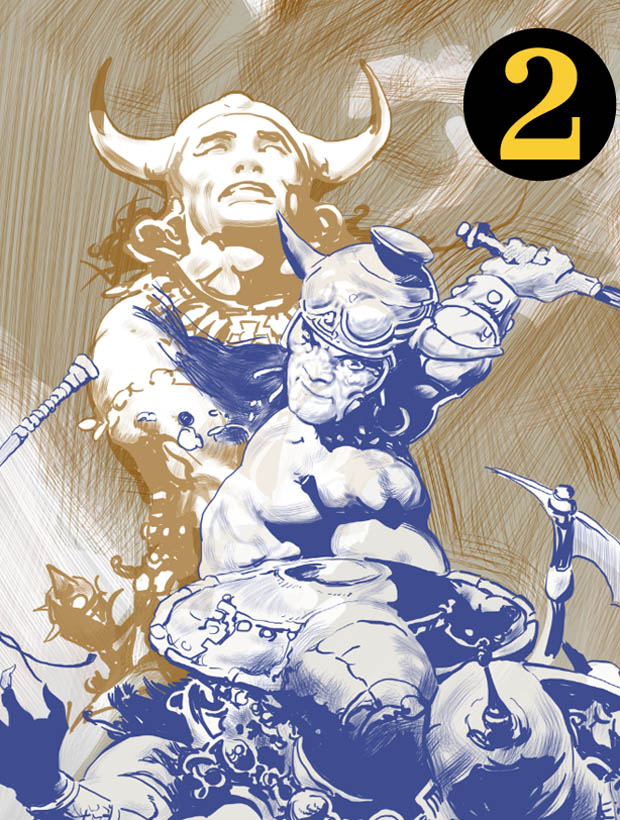
Fig. 2 – Here we can see the contrast between the first and later image of Destroyer. Frazetta has adjusted the scale of the main figure, and is no longer a strangely larger-skulled man than the others. And instead of the static, frozen implication of bulging muscles telling us that the man Conan is killing has no air, we have an almost "Grim Reaper with a scythe" image. Destroyer is a display of motion, emphasized by Frazetta in a number of ways. Here we see he has rendered the twisting body of "Destroyer" with an arm swung behind it going to the absolute nadir of possibility without dislocating the shoulder, a depiction that tells us both about the weight of the axe in the hand, but also about the strength and the coming swing of the arm to strike the next enemy. Motion and power are the two main things Frazetta has equipped Destroyer with, and in Fig. 3 this is emphasized.

Fig. 3 – Frazetta has piled heaping crescent shapes at the bottom of the painting. The gleaming highlights on equipment and figures repeats this rounded, half-circle "heaped" effect, essentially making a series of hills upon which at the top juts out Destroyer, breaking the "heaped pile" effect by being at the top and swinging the axe.
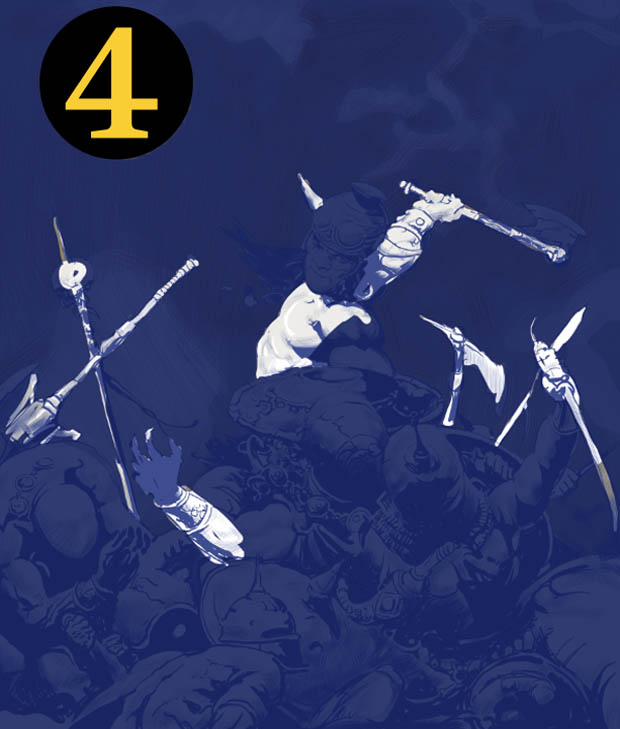
Fig. 4 – Conflict is emphasized by the repeated use of crossed angles, shown by weapons and forms.
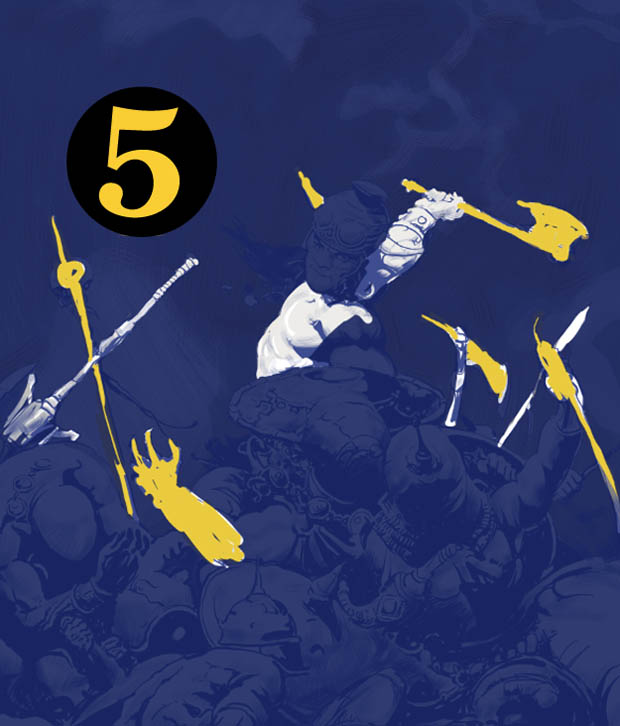
Fig. 5 – Frazetta has made the axe stand out in an unusual way. Instead of removing from the painting every other item that is at the same angle, so that the axe would then stand out as the only item at that angle, Frazetta instead has harmonized the axe with half of the other angles (the axe handle) and then given us another, opposing angle (the axe head). With the blade of the axe turned upward, this adds even more implied force to the coming swing (as discussed in Fig. 2). In this way, by combining angles this axe is the chief weapon dominating all the other weapons in the painting (note, for example, the other axe. It is turned downward and has nothing like the implied force of the weapon Destroyer is using).
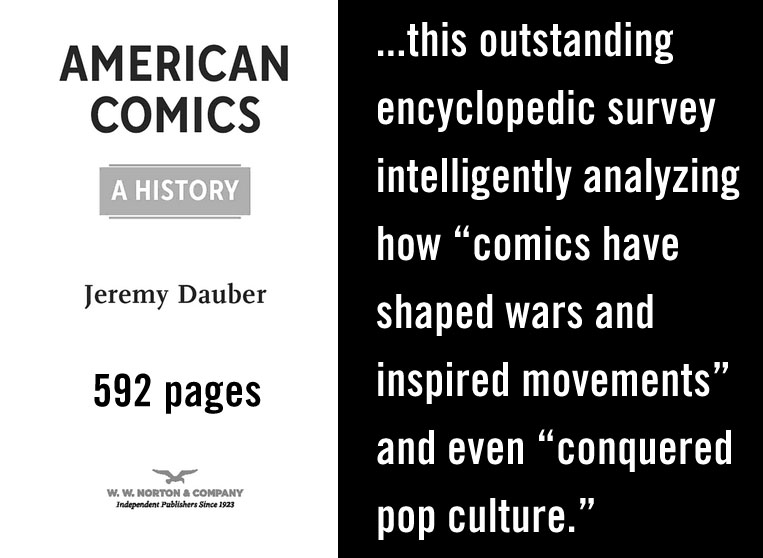

Fig. 6 – Here we look at how Frazetta brought together a subtle visual cue that shows the absolute superiority to his final version of the painting versus the earlier, "static" version. Already, we can see Frazetta has given us a better-rendered and composed main figure battling in an image that is an orgy of close combat. The main figure is triumphant and unstoppable above a population of victims that are massed in the lower half of the frame, and the facial expression is one of precise, determined brutality (versus, for example, Frazetta's earlier painting Berserker which has the main figure with an expression of horror combined with determination).
A quick glance at "Destroyer" confirms that one powerful figure against (almost) impossible odds is winning. But there is something more being communicated, and that is shown by the flung jewelry coming off the chest of the "destroyer." Besides telling the viewer (circa 1971) that we have a heroic, frightening fighter wearing jewelry, more importantly within the painting the gleaming, highlighted white coloring, with parts of the jewelry (especially the necklace itself) hidden into the dark areas, the effect of the blows are shown by how the jewelry physically is reverberating into the air. The "broken bits" effect is emblematic of what is happening to Destroyer's enemies. The gleaming whiteness (and the separation of the gleaming specs of jewelry since the necklace is mostly hidden) could imply a number of things at a short glance (teeth flying, for example), but in the end the suspension of the jewelry in the air highlights the micro-second of the axe suspended on the other side of Destroyer, both the airborne jewelry and the axe express the split-second of time before the next blow falls.
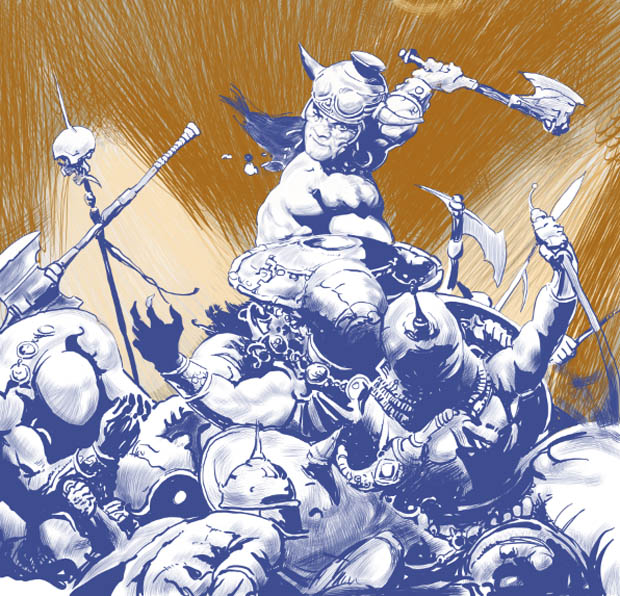
Final note: Frazetta's sky backdrop of stormy weather helps to reinforce some of the image elements, for example the twisting and conflicting angles (discussed above as Fig.5) but also the broken cloud coloring exhibits a wild, angry fury much more than the facial expression of Destroyer, as if the two are linked (much in the same way a similar sky behind Frazetta's Berserker seems linked to the main figure on horseback). A "V" shape frames Destroyer in the coloring Frazetta has used for the background sky.
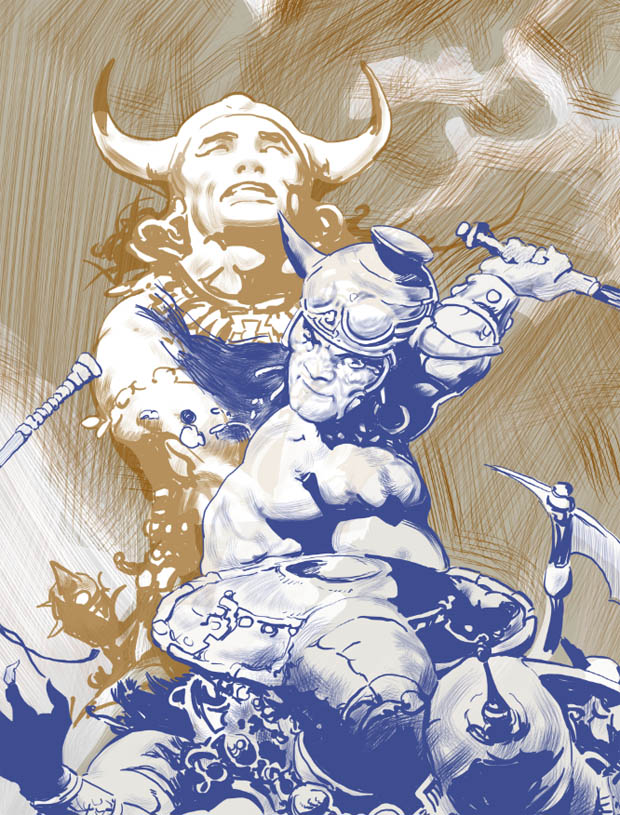
Frazetta "The Destroyer" sells for $1.5 million USD
1971 painting originally used as cover for "Conan the Buccaneer"
July 22, 2010
The original oil painting (for "Conan the Buccaneer" Ace Books, 1971) had a slightly different battle scene, with the Conan figure depicted differently. Instead of the axe-swinging figure shown below, Conan was instead strangling his enemy one at a time. Frazetta revised the painting at least three different ways, according to documentation, after publication of the paperback book for Ace. The matter is covered in the Frank Frazetta "Testament" book, page 72, which shows two images of the earlier versions.
There is also a version of this painting with the face of actor Jack Palance painted inside Conan's helmet, apparently created by Frazetta onto a print of the painting, and used as a promotional material for an unrealized Hollywood production of the Conan property prior to the Arnold Shwarzenegger movie of 1982.
This painting sold in 2010 for $1.5 million USD - - the highest price yet for a single piece of Frazetta artwork. Previous record was the $1 million USD paid for "Berzerker" (i.e., "Conan the Conqueror") in 2009. (The record for a Frazetta ink drawing is $380,000 in 2010 for the cover art to EC Comics Weird Science Fantasy #29.)
More about high selling collectible comic book and related items
More Frank Frazetta
Fantastic Paintings of Frazetta Hardcover – July 21, 2020
by J David Spurlock (Author), Frank Frazetta Jr. (Afterword)
Fantastic Paintings of Frazetta - AMAZON
Telling Stories: The Comic Art Of Frank Frazetta-Hardback - AMAZON
Frazetta: The Definitive Reference - Amazon
Frazetta Sketchbook (vol II) (Vanguard Frazetta Classics) - Amazon
Conan the Phenomenon - Dark Horse Conan historian Paul Sammon looks at all the stages of the character's development, with commentary and archival material from the most integral players in that history, in this must-have book for anyone who's followed the barbarian through any of his incarnations.
Frazetta - Painting with Fire by Eleanor Frazetta - documentary - AMAZON
Frank Frazetta - Fire and Ice (Two-Disc Limited Edition) - AMAZON
Harcover Collection: Legacy by Frank Frazetta - AMAZON
Original Page 2009 | Updated May 2020
